Very good HRR (54.35%), Extralong slender grains with KLBC (8.44 mm), KB (1.83 mm), L/B ratio of 4.64, very good KLAC (17.0 mm), ER of 2.01, desirable ASV (6.38), intermediate amylose content (24.47%) and strong aroma
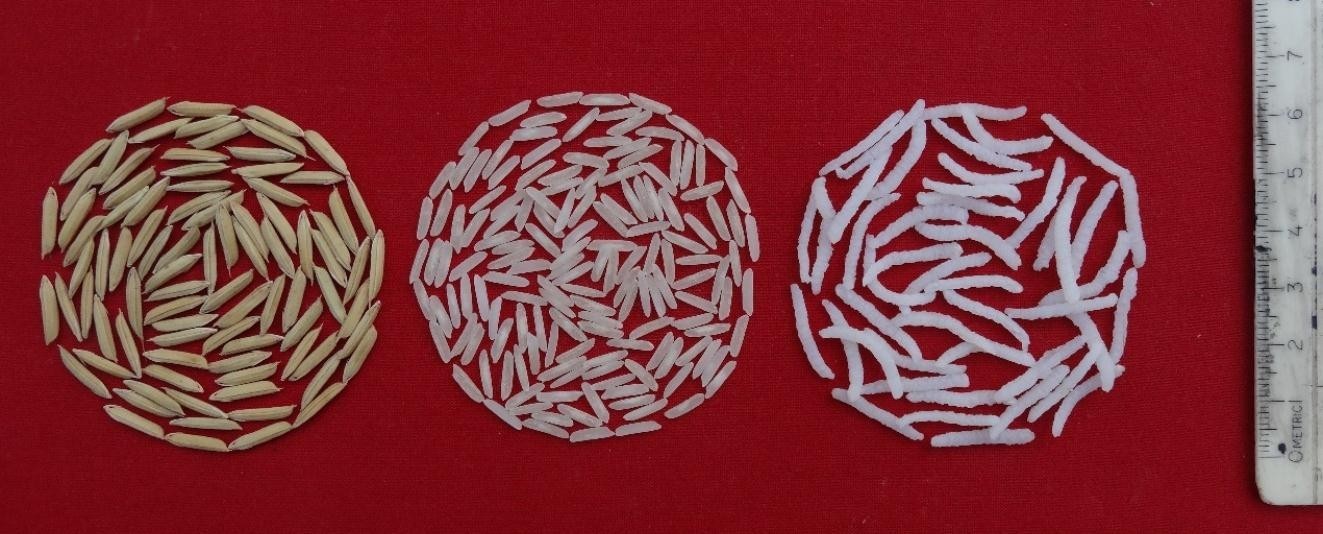
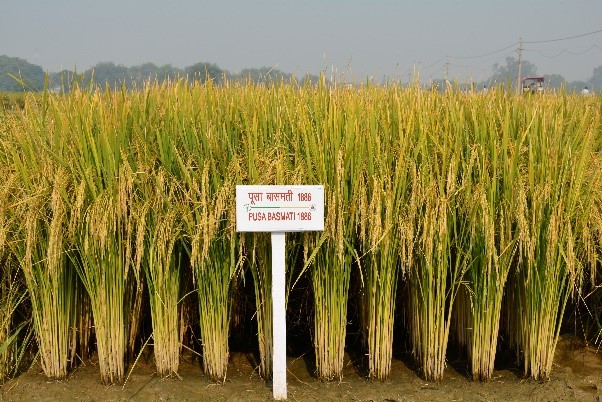
Pusa Basmati 1886 is a MAS derived near isogenic line (NIL) of a popular Basmati rice variety, Pusa Basmati 6
Possesses two genes for bacterial blight resistance namely, xa13 and Xa21; and two genes for blast resistance, Pi54 and Pi2
Semi-dwarf, non-lodging, and non-shattering Basmati variety with seed to seed maturity of 143 days. Possess inbuilt resistance to both bacterial blight and blast diseases. Grain are extra-long slender (7.77 mm) having excellent kernel elongation on cooking (15.21 mm), with intermediate amylose content (23.71 %), strong aroma and no grain chalkiness. Cooked rice has flaky appearance, tenderness on touching and chewing, desirable taste and optimum aroma
Avoids the use of antibiotics and fungicides in the management of two major diseases, bacterial blight and blast, respectively
Basmati GI growing regions of Haryana and Uttarakhand of India
Pusa Basmati 1885 is a MAS derived Basmati near isogenic line (NIL) of a popular Basmati rice variety, Pusa Basmati 1121
Possesses two genes for bacterial blight resistance namely, xa13 and Xa21; and two genes for blast resistance, Pi54 and Pi2
Semi-dwarf, non-lodging, high yielding Basmati rice variety with seed to seed maturity of 140 days. Possess inbuilt resistance to both bacterial blight and blast diseases. Grain are extra-long slender (7.95 mm) having excellent kernel elongation on cooking (16.52 mm), with intermediate amylose content (21.76 %), strong aroma and very occasional grain chalkiness. Cooked rice has flaky appearance, tenderness on touching and chewing, desirable taste and optimum aroma
Avoids the use of antibiotics and fungicides in the management of two major diseases, bacterial blight and blast, respectively
Basmati GI growing regions of Delhi, Punjab and Haryana of India
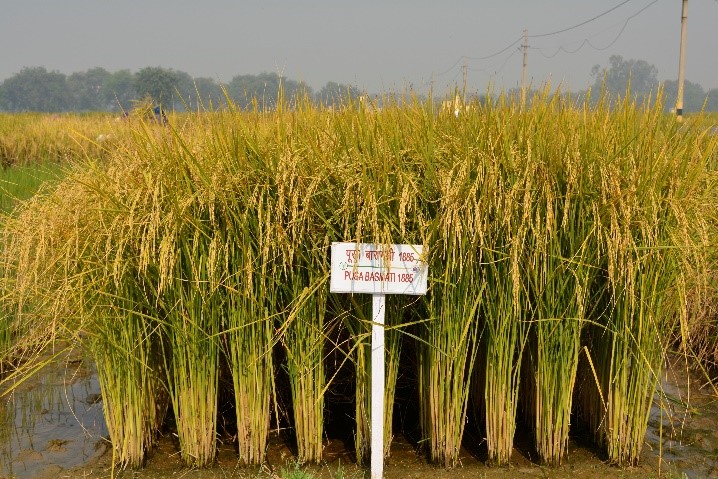
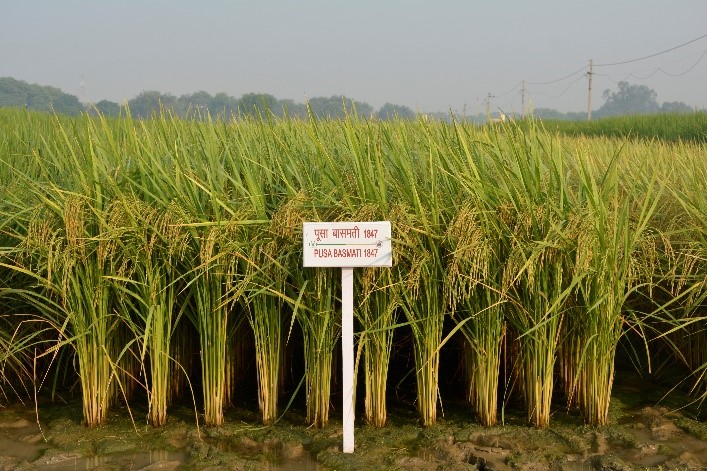
Pusa Basmati 1847 is a MAS derived near isogenic line (NIL) of a popular short duration Basmati rice variety, Pusa Basmati 1509
Possesses two genes for bacterial blight resistance namely, xa13 and Xa21; and two genes for blast resistance, Pi54 and Pi2
Semi-dwarf, non-lodging, non-shattering and high yielding Basmati variety with seed to seed maturity of 120 days. Possess inbuilt resistance to both bacterial blight and blast diseases. Grain are extra-long slender (8.51 mm) having excellent kernel elongation on cooking (16.69 mm), with intermediate amylose content (22.88 %), strong aroma and very occasional grain chalkiness. Cooked rice has flaky appearance, tenderness on touching and chewing, desirable taste and optimum aroma
Avoids the use of antibiotics and fungicides in the management of two major diseases, bacterial blight and blast, respectively
Basmati GI growing regions of Delhi, Punjab and Western Uttar Pradesh of India
This variety is resistant to bacterial blight disease and is suitable for cultivation in Punjab, Haryana, Delhi, Uttarakhand and Western UP. The crop is recommended for irrigated transplanted conditions and it needs water throughout the growing period. Approximate days of harvestable maturity are 140 to 145 days after sowing.
5 kg seed is sufficient for per acre of transplantation; Spacing (during transplanting): row to row 20 cm and plant to plant 20 cm. Average yield is around 20.0 to 24.0 q/acre
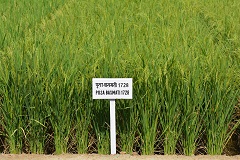
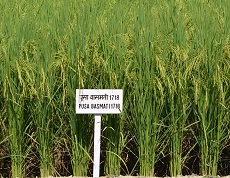
This variety is resistant to bacterial leaf blight and is suitable for cultivation in Delhi, Punjab and Haryana. Approximate days of harvestable maturity are 136-138days after sowing.
5 kg seed is sufficient for per acre of transplantation; Spacing (during transplanting): row to row 20 cm and plant to plant 20 cm. Average yield is around 18-20 q/acre
Pusa Basmati 1637 (IET 24570) is a MAS derived near isogenic line of Pusa Basmati 1 possessing Pi9 gene for blast resistance Released for commercial cultivation in the Basmati growing regions of the Western Uttar Pradesh, National Capital Region of Delhi, Uttarakhand, Haryana and Punjab
Average yield 4.2 t/ ha in 130 days
Resistant to leaf blast with an SI of 2.7 (2014) and 2.9 (2015) as compared with its Pusa Basmati 1 which is highly susceptible reaction with SI of 6.1 (2014) and 6.5 (2015). Possesses long slender grains (7.3 mm) with very occasional grain chalkiness, very good kernel length after cooking (13.8 mm) and strong aroma.
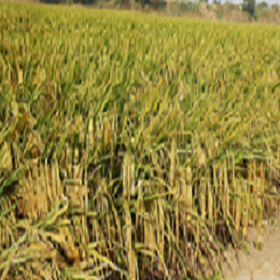
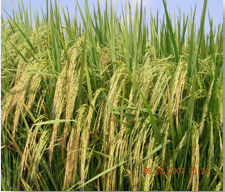
Developed through molecular breeding in collaboration with National Research Centre on Plant Biotechnology, IARI, New Delhi, this variety was released in 2007 by CVRC for Basmati growing areas Punjab, Haryana, Delhi, Western UP, Uttarakhand and Jammu & Kashmir
First product of molecular breeding in rice in India. Improved Pusa Basmati 1 is an improved version of Pusa Basmati 1 with resistance to bacterial leaf blight.
“Pusa Basmati 1121 was released by the Delhi State as Pusa 1121 (Pusa Sugandh 4) in 2003 and subsequently notified as Pusa Basmati 1121 in the year 2008. This variety is recomended for the Basmati growing areas Punjab, Haryana, Delhi, Western UP, Uttarakhand and Jammu & Kashmir”
This variety possess unique Basmati quality characters namely, extra-long slender, highly aromatic grains. It has longest kernel length after cooking with an exceptionally high cooked kernel elongation ration. It has seed to seed maturity of 145 days with an average yield of 4.5 t/ha.
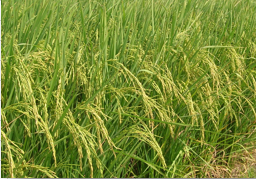
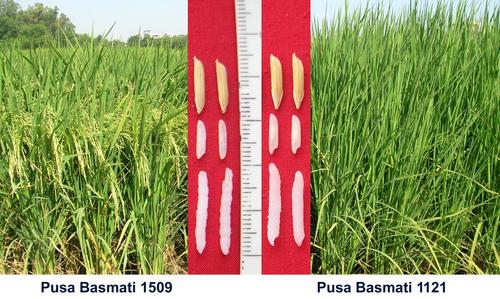
Pusa Basmati 1509 was relased in 2013 by CVRC for the Basmati growing areas Punjab, Haryana, Delhi, Western UP, Uttarakhand and Jammu & Kashmir
This variety overcomes all major weaknesses of Pusa Basmati 1121. It matures in 115 days with an average yield of 5 tons/ ha and possesses non-lodging and non-shattering habit. On account of being early it saves 6 irrigations.
Pusa Basmati 6 (Pusa 1401) was relased in 2008 by CVRC for the Basmati growing areas Punjab, Haryana, Western UP and Uttarakhand
Pusa Basmati 6 (Pusa 1401) is an improvement over Pusa 1121 in its yielding ability, agronomy and cooking quality. It is characterized by semi-dwarf plant type, tolerant to lodging, chalky grains less than 4%, its grain on cooking has uniform shape and strong aroma. It matures in 140-145 days with an average yield of 5 tons/ ha
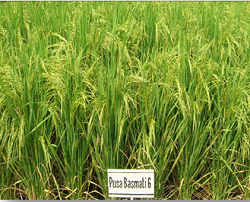
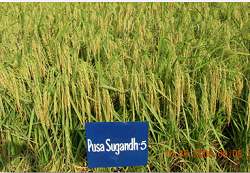
Variety was released in 2004 by CVRC for the Basmati growing areas Punjab, Haryana, Western UP, Uttarakhand and Jammu & Kashmir
A semi-dwarf high yielding aromatic rice variety suitable for multiple cropping system in northern India. It has extra long grains and excellent cooking quality. It possesses tolerance to shattering. It matures in 120-125 days with an average yield of 5.5-6 tons/ ha.
Variety recomended for Basmati growing areas Punjab, Haryana, Delhi, Western UP, Uttarakhand and Jammu & Kashmir. It was released in 2014 by CVRC
It has extra-long slender translucent grain. It is strongly aromatic. It is a MAS derived bacterial blight resistant line developed by pyramiding of bacterial blight resistance genes with yield and quality on par to the recurrent parent Pusa Sugandh 5 and also suitable for multiple cropping system in northern India.
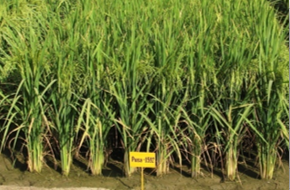
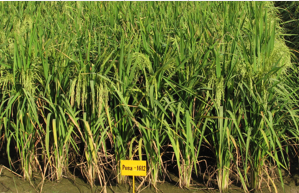
This variety is recomended for Basmati growing areas Punjab, Haryana, Delhi, Western UP, Uttarakhand and Jammu & Kashmir. It was released in 2013 by CVRC
This variety is an near isogenic line (NIL) of Pusa Sugandh 5 for blast resistance. This was developed through marker assisted backcross breeding wherein genes Piz5 and Pi54 were pyramided in the background of Pusa Sugandh 5. It matures in 115-120 days with an average yield of 5.5-6 tons/ ha .
Recomended for Basmati growing regions of the Uttar Pradesh, NCR Delhi, Uttarakhand and Punjab. Released by CVRC in 2015
It is the first Basmati rice variety developed by pyramiding blast resistance genes showed resistance to neck blast and moderate resistance to leaf blast. Seed to seed maturity is only 120 days with an average yield of 4.6 tons/ ha.
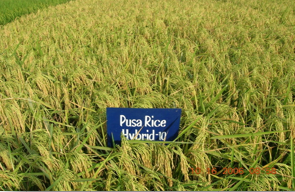
Released by CVRC in 2001 for commercial cultivation in the irrigated eco-systems of Haryana, Delhi and Uttaranchal.
“The first aromatic super fine grain hybrid released in India with an average yield of 7 tons/ ha. Most popular among the rice hybrids. It matures in 110-115 days from seed to seed, saving in irrigation, very high per day productivity and overall profitability.”
Released by CVRC in 1993 for commercial cultivation in Karnataka and Kerala but very popular in the state of Punjab.
A non aromatic variety suitable for combine harvesting and also for rice-wheat cropping system in northern India especially in Punjab.

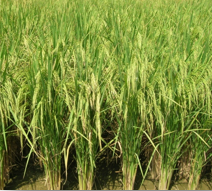
Released by CVRC during 1989 for Basmati growing areas Punjab, Haryana, Delhi, Western UP, Uttarakhand and Jammu & Kashmir
First semi-dwarf, high yielding Basmati rice variety.It possesses excellent grain and cooking quality with soft texture and pleasant aroma.It takes 135-140 days to maturity with an Average yield of 5-5.5 t/ha.
Pusa Basmati 1692 is an early maturing Basmati rice variety with a seed to seed maturity of 110-115 days with a very high yield It possess semi-dwarf, non-lodging and non-shattering habit. Owing to its early maturity it can help timely harvest of paddy crop in the Basmati growing region, which can help providing sufficient time for after-harvest operations. Timely clearing of fields will also help in reducing the environmental pollution and help in timely sowing of the succeeding wheat crop in the Basmati GI area.
The Average yield is around 20.0 to 24.0 q/acre and 5 kg seed is sufficient for per acre of transplantation.
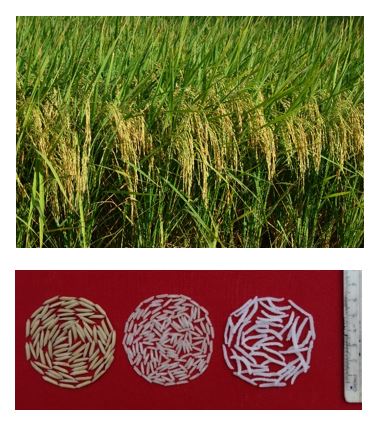
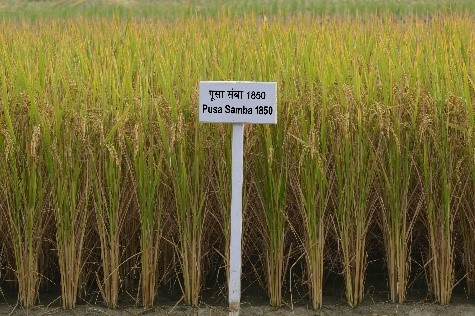
Pusa Samba 1850 is a MAS derived blast resistant near-isogenic line of BPT 5204 (Samba Mahsuri) which possesses three genes governing blast resistance namely, Pi54, Pi1 and Pita, with seed to seed maturity of 140-145 days and average yield of 4.77 t/ha.
This variety is Resistant to blast disease of rice. The Average yield is around 20.0 to 24.0 q/acre. 5 kg seed is sufficient for per acre of transplantation.


 Phone
Phone


